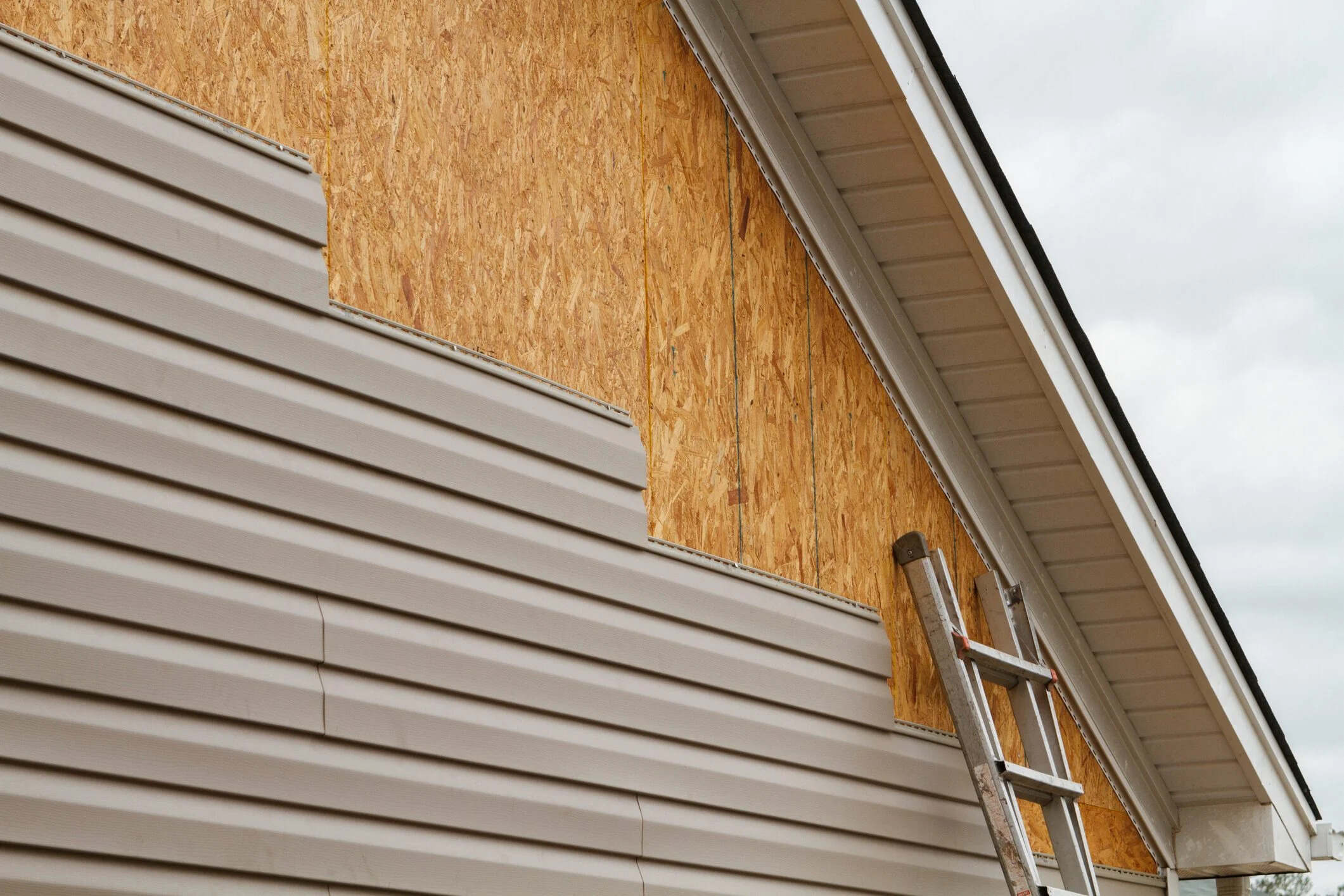

Articles
What Are Exterior Walls Made Of
Modified: October 19, 2024
Discover the various materials used in constructing exterior walls. Read articles to learn about the different types of materials and their benefits.
(Many of the links in this article redirect to a specific reviewed product. Your purchase of these products through affiliate links helps to generate commission for Storables.com, at no extra cost. Learn more)
Introduction
When it comes to the construction and design of buildings, exterior walls play a crucial role. They not only provide structural support and protection from the elements but also contribute to the overall aesthetic appeal of a structure. The materials used for exterior walls vary widely, each with its own unique set of characteristics and benefits.
In this article, we will explore the different types of materials commonly used for exterior walls in construction projects. From traditional choices like brick and stone to modern alternatives like fiber cement and vinyl, we will discuss the features, advantages, and considerations of each material.
Understanding the options available can help you make informed decisions when planning the construction or renovation of a building. So, let’s dive into the world of exterior wall materials, their properties, and their potential applications.
Key Takeaways:
- Choose exterior wall materials based on durability, maintenance, energy efficiency, and cost. Balance visual appeal with practicality for a long-lasting and aesthetically pleasing building.
- Consult with professionals to select the right material for your project. Consider factors such as climate, desired look, and budget to make an informed decision.
Read more: What Are Camper Exterior Walls Made Of
Brick
Brick has been used for centuries and is known for its durability and timeless appeal. Made from clay or shale that is molded into shape and then fired in a kiln, bricks come in various sizes, colors, and textures.
One of the key advantages of using brick for exterior walls is its strength and longevity. Bricks are resistant to fire, rot, and pests, making them a durable choice for withstanding the elements. They also provide excellent insulation, helping to regulate temperature and reduce energy costs.
Brick is a versatile material that can be used to create a range of architectural styles, from traditional to contemporary. It offers a classic, timeless look that is highly sought after in residential and commercial projects.
However, it’s worth noting that brick can be more expensive compared to other materials, and the installation process requires skilled labor. Additionally, bricks are heavy and may require additional structural support.
Despite these considerations, brick remains a popular choice due to its timeless appeal, durability, and ability to withstand the test of time. It is an excellent option for those looking for a long-lasting and aesthetically pleasing exterior wall material.
Stone
Stone is another classic choice for exterior walls that exudes elegance and natural beauty. Whether it’s marble, granite, limestone, or slate, stone offers a unique and visually stunning aesthetic.
One of the biggest advantages of using stone for exterior walls is its durability. Stone is exceptionally strong and resistant to extreme weather conditions, making it a long-lasting option. It also requires minimal maintenance and is resistant to fire and pests.
In addition to its durability, stone provides excellent thermal insulation, helping to regulate interior temperatures and reduce energy costs. Its natural texture and color variations lend a sense of organic beauty to any building, making it a popular choice for both residential and commercial projects.
However, it’s important to consider the cost and installation process of stone. Natural stone can be relatively expensive, especially when compared to other materials. Additionally, the weight of stone may require additional structural support, and the installation process can be time-consuming and labor-intensive.
Despite these considerations, stone offers a timeless and luxurious appearance that can significantly enhance the curb appeal of a structure. It is a popular choice for those seeking a high-end, low-maintenance, and durable exterior wall material.
Wood
Wood has been a common material used for exterior walls for centuries due to its natural beauty and versatility. It is available in various types, such as cedar, pine, and redwood, each with its own unique characteristics and benefits.
One of the notable advantages of using wood for exterior walls is its aesthetic appeal. Wood offers a warm, inviting, and rustic look that adds a natural charm to any structure. It can be stained or painted in a variety of colors to match different architectural styles.
Wood is also a renewable and sustainable resource, making it an eco-friendly choice. It is biodegradable and has a low carbon footprint compared to other building materials, contributing to a healthier and greener environment.
While wood is visually appealing, it requires regular maintenance to protect it from the elements. It is susceptible to rot, insect damage, and moisture, so proper sealing, staining, and periodic inspection are necessary to maintain its longevity.
There are also fire safety concerns associated with using wood as an exterior wall material. However, by using fire-retardant treatments and implementing proper building codes, the risk of fire can be minimized.
Wood is a versatile material and can be used in various architectural styles, ranging from traditional to contemporary. It offers natural insulation properties, helping to regulate temperature and reduce energy consumption.
Overall, wood is a popular choice for those looking to create a warm, natural, and environmentally friendly exterior wall. With proper maintenance, it can provide a timeless and charming look that enhances the overall aesthetic appeal of any structure.
Metal
Metal is a modern and sleek option for exterior walls that offers durability, versatility, and a contemporary aesthetic. It is commonly used in commercial and industrial buildings but is also gaining popularity in residential construction.
One of the significant advantages of using metal for exterior walls is its strength and longevity. Metal, such as steel or aluminum, is resistant to extreme weather conditions, including wind, rain, and snow. It is also fire-resistant and does not rot or warp like other materials.
Metal is a lightweight material, which makes it easier and faster to install compared to heavier alternatives. It requires minimal maintenance and can be customized with different finishes, colors, and textures to achieve the desired architectural design.
In addition to its durability and versatility, metal offers excellent energy efficiency. It reflects solar heat, helping to reduce cooling costs in hot climates. It can also be paired with insulation materials to improve thermal performance.
However, metal can be more expensive than other materials, especially when considering premium finishes or specialized coatings for corrosion resistance. It may also require professional installation to ensure proper waterproofing and structural integrity.
While metal is often associated with a modern look, it can be used creatively to complement various architectural styles. It adds a sleek and contemporary touch to buildings, making them stand out in the crowd.
Overall, metal is a durable, low-maintenance, and energy-efficient option for exterior walls. With its sleek appearance and long lifespan, it offers a modern and stylish solution for both residential and commercial projects.
Read more: What Are Interior Walls Made Of
Concrete
Concrete is a versatile and widely used material for exterior walls, known for its strength, durability, and adaptability. It is made by mixing cement, aggregate (such as gravel or sand), and water, which forms a solid and robust mixture when cured.
One of the primary advantages of using concrete for exterior walls is its exceptional strength and longevity. Concrete can withstand harsh weather conditions, including high winds and heavy rains. It is also fire-resistant, insect-proof, and resistant to rot and decay.
Concrete offers excellent thermal mass, meaning it can absorb and retain heat, helping to regulate interior temperatures and reduce energy consumption. It is also an excellent sound insulator, reducing noise transmission from outside sources.
With the ability to be molded into various shapes and sizes, concrete allows for creative and architectural flexibility. It can be stamped, textured, or stained to mimic other materials like brick, stone, or wood, offering a cost-effective alternative with durability.
While concrete has numerous advantages, it does have some considerations to be aware of. It can be heavy and require proper structural support, especially for taller buildings. The installation process may also require skilled professionals to ensure proper mixing, pouring, and curing.
Furthermore, concrete surfaces may require periodic maintenance, such as sealing or painting, to prevent staining or deterioration over time. In colder climates, additional insulation may be needed to improve thermal efficiency during colder months.
Concrete is a practical and long-lasting choice for exterior walls, suitable for both residential and commercial projects. Its strength, durability, and design flexibility make it a popular option for those seeking a reliable and low-maintenance material.
Exterior walls are typically made of materials such as brick, stone, wood, vinyl, stucco, or metal. Each material has its own advantages and considerations, so it’s important to consider factors such as durability, maintenance, and aesthetic appeal when choosing the right material for your exterior walls.
Stucco
Stucco is a popular exterior wall finish known for its versatility, durability, and smooth, textured appearance. It is created by combining cement, sand, and water, which is applied in layers over a solid surface, such as wood or masonry, and then allowed to harden.
One of the key advantages of using stucco for exterior walls is its exceptional durability and longevity. Stucco forms a strong and protective layer that can withstand various weather conditions, including high winds, rain, and sun exposure. It is also resistant to fire, pests, and rot.
Stucco is highly versatile and can be applied in various textures and finishes, allowing for a range of design possibilities. It can be smooth, textured, or patterned to create the desired aesthetic appeal, making it suitable for both traditional and modern architectural styles.
Another advantage of stucco is its excellent insulating properties. It helps regulate temperature by providing thermal mass, keeping the interior of a building cool in hot climates and warm in colder regions. This can result in energy savings and increased comfort for occupants.
While stucco offers many benefits, there are also considerations to keep in mind. The installation process requires skilled professionals to ensure proper application and curing. Improper installation can lead to cracking or moisture penetration, requiring timely repairs.
Regular maintenance is necessary to keep stucco looking its best. It may require periodic cleaning, recoating, or repainting to maintain its appearance and protect against weathering. It’s also crucial to address any cracks or damage promptly to prevent further deterioration.
Stucco is a popular choice for its durability, versatility, and attractive finish. It provides a sleek and classic appearance that enhances the overall aesthetic value of any structure. If properly installed and maintained, stucco can provide a long-lasting and visually appealing exterior wall option.
Vinyl
Vinyl is a modern and popular choice for exterior walls, known for its affordability, low maintenance, and versatility. It is made from polyvinyl chloride (PVC) resin, which is molded into planks or panels and then installed as siding.
One of the significant advantages of using vinyl for exterior walls is its cost-effectiveness. Vinyl siding tends to be more affordable compared to other materials, making it an attractive option for budget-conscious projects.
Vinyl is also known for its low maintenance requirements. It is resistant to rot, pests, and fading, which eliminates the need for regular painting or staining. Cleaning can be as simple as using a hose or pressure washer to remove dirt and grime.
Additionally, vinyl offers a wide range of colors, styles, and textures, allowing for various design possibilities. It can mimic the look of other materials, such as wood or stone, without the associated costs and maintenance requirements.
Another advantage of vinyl is its durability. It can withstand harsh weather conditions, such as wind, rain, and UV exposure, without warping, cracking, or fading. This durability ensures that the exterior of a building remains attractive and well-protected over time.
However, it’s important to note that vinyl may not offer the same level of insulation as other materials. Additional insulation may be required to improve energy efficiency and regulate temperature inside the building.
While vinyl siding is generally easy to install, it typically requires professional installation to ensure a proper fit and adequate waterproofing. Improper installation can lead to issues such as water leaks or unsightly gaps.
Vinyl is a popular choice for those seeking a cost-effective, low-maintenance, and versatile option for exterior walls. It provides a clean and vibrant appearance that can enhance the curb appeal of any building.
Fiber Cement
Fiber cement is a durable and versatile material commonly used for exterior walls. It is a mixture of cement, sand, cellulose fibers, and water, resulting in a sturdy composite material that offers several advantages.
One of the primary benefits of using fiber cement for exterior walls is its exceptional durability. It is highly resistant to the elements, including fire, water, pests, and rot. Fiber cement can withstand harsh weather conditions, making it a reliable choice for long-lasting protection.
Fiber cement is also known for its low maintenance requirements. It does not warp, crack, or fade like traditional wood siding, reducing the need for regular repairs or painting. Simply cleaning with water and mild detergent can help maintain its appearance and keep it looking new.
Another advantage of fiber cement is its versatility in terms of design options. It can be manufactured to mimic the appearance of other materials, such as wood or stone, providing a cost-effective alternative without sacrificing aesthetics. It can also be painted in a wide range of colors to suit different architectural styles.
Fiber cement offers excellent thermal insulation, helping to regulate temperature and reduce energy costs. It also provides sound insulation properties, reducing noise transmission from outside sources, creating a more peaceful indoor environment.
However, it’s important to note that fiber cement can be heavy and requires professional installation to ensure proper handling and support. The installation process may require specialized tools and expertise.
Despite these considerations, fiber cement is a popular choice for those seeking a durable and low-maintenance option for exterior walls. Its ability to withstand the elements, versatility in design, and energy-efficient properties make it a reliable and attractive choice for residential and commercial projects alike.
Read more: What Insulation To Use For Exterior Walls
Glass
Glass is a unique and modern choice for exterior walls that offers transparency, elegance, and a seamless connection between indoor and outdoor spaces. It is a versatile material consisting of silica, soda ash, and limestone, which is melted and molded to create various forms for architectural applications.
One of the primary advantages of using glass for exterior walls is its ability to allow natural light to enter a building. Glass walls create a bright and airy environment, enhancing the visual appeal and creating a sense of openness. This makes it particularly desirable for spaces with beautiful views or in urban areas where natural light is limited.
Glass also offers excellent thermal performance when paired with insulated glazing units (IGUs) or low-emissivity (Low-E) coatings. This helps to reduce heat loss in colder months and minimize heat gain in warmer months, contributing to energy savings and increased comfort.
In addition to its functional benefits, glass provides a sleek and modern aesthetic. It can be used in various forms, such as large windows, curtain walls, or glass panels, enabling architects to create visually stunning designs. The transparency of glass also allows for uninterrupted views, creating a harmonious connection with the surrounding environment.
However, there are some considerations to keep in mind when using glass for exterior walls. Glass is a brittle material and requires proper structural support to ensure safety and stability. It may also require additional measures for privacy, such as using frosted or tinted glass or incorporating blinds and curtains.
Furthermore, glass is not as insulating as other materials and may result in higher energy costs if not properly addressed. Therefore, selecting energy-efficient glass options and incorporating shading devices can help mitigate these concerns.
Glass is a luxurious and contemporary choice for exterior walls, offering a visually stunning and seamless connection between the indoors and outdoors. Its ability to flood spaces with natural light, its modern aesthetic, and its design versatility make it an attractive option for those seeking a sophisticated architectural statement.
Conclusion
Exterior walls are an essential element of any building, providing structural support, protection, and aesthetic appeal. The choice of materials for exterior walls plays a crucial role in determining the durability, energy efficiency, and overall visual impact of a structure.
In this article, we explored a variety of materials commonly used for exterior walls, each with its own set of characteristics and benefits. Traditional options like brick and stone offer timeless charm and durability. Wood provides a natural and warm aesthetic but requires regular maintenance. Metal presents a sleek and modern look, while concrete offers strength and versatility. Stucco offers a smooth and textured finish with minimal maintenance requirements. Vinyl provides an affordable and low-maintenance option. Fiber cement combines durability with design flexibility. Finally, glass offers transparency and a seamless connection with the outdoors.
When selecting an exterior wall material, it’s crucial to consider factors such as durability, maintenance requirements, energy efficiency, cost, and design aesthetics. Each material has its own strengths and considerations to keep in mind. It’s important to strike a balance between visual appeal, functionality, and practicality.
Ultimately, the choice of exterior wall materials should align with the specific needs and preferences of the project. Whether it’s a residential home, commercial building, or any other structure, selecting the right material will contribute to the overall longevity, performance, and aesthetic value.
Remember to consult with professionals, such as architects and contractors, to ensure that the chosen material is suitable for the climate, desired look, and budget. They can provide valuable insights and guidance to help make an informed decision.
By carefully considering the options and understanding the characteristics of each material, you can create exterior walls that not only provide protection but also enhance the overall beauty and functionality of the building for years to come.
Frequently Asked Questions about What Are Exterior Walls Made Of
Was this page helpful?
At Storables.com, we guarantee accurate and reliable information. Our content, validated by Expert Board Contributors, is crafted following stringent Editorial Policies. We're committed to providing you with well-researched, expert-backed insights for all your informational needs.
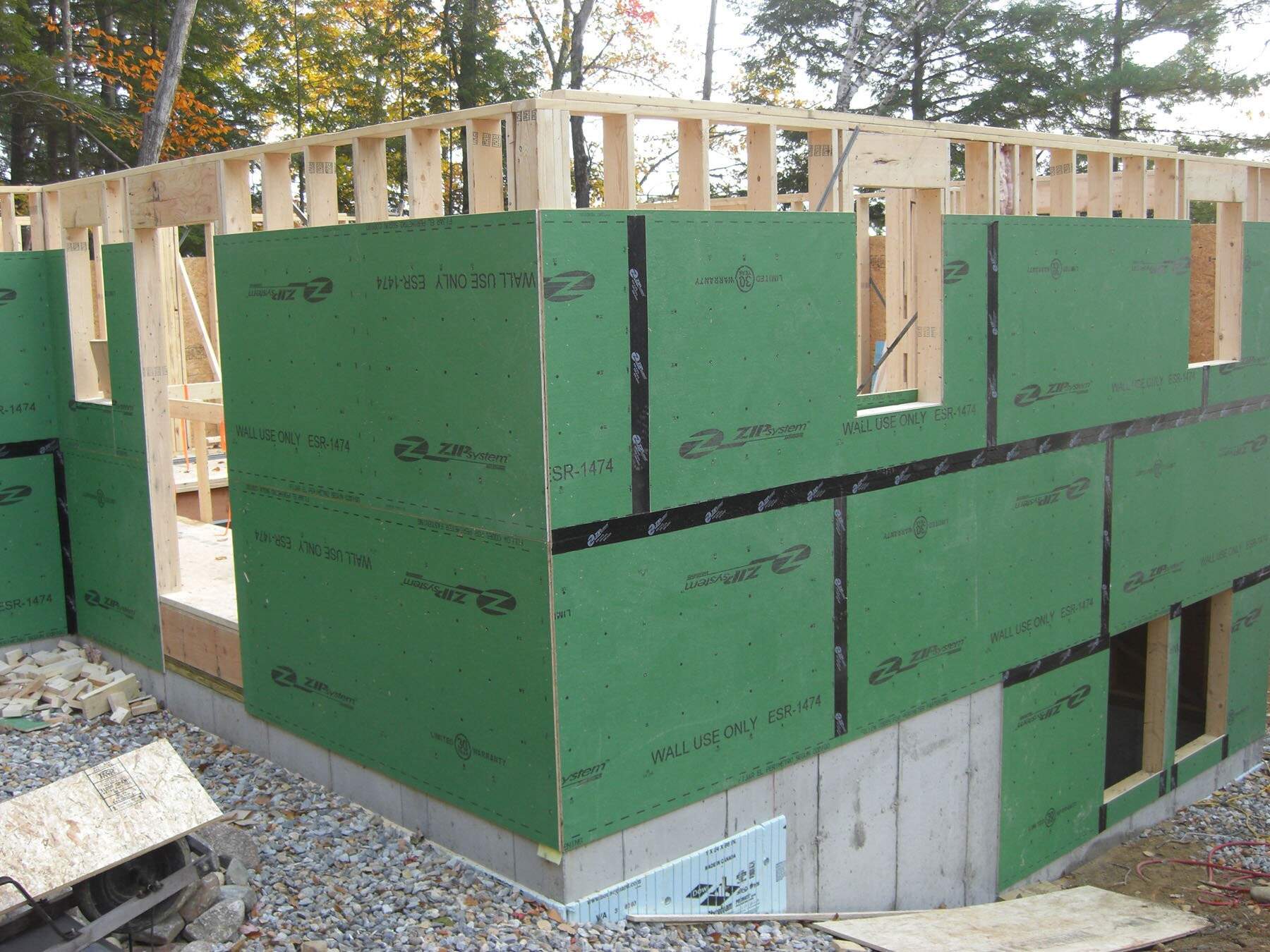
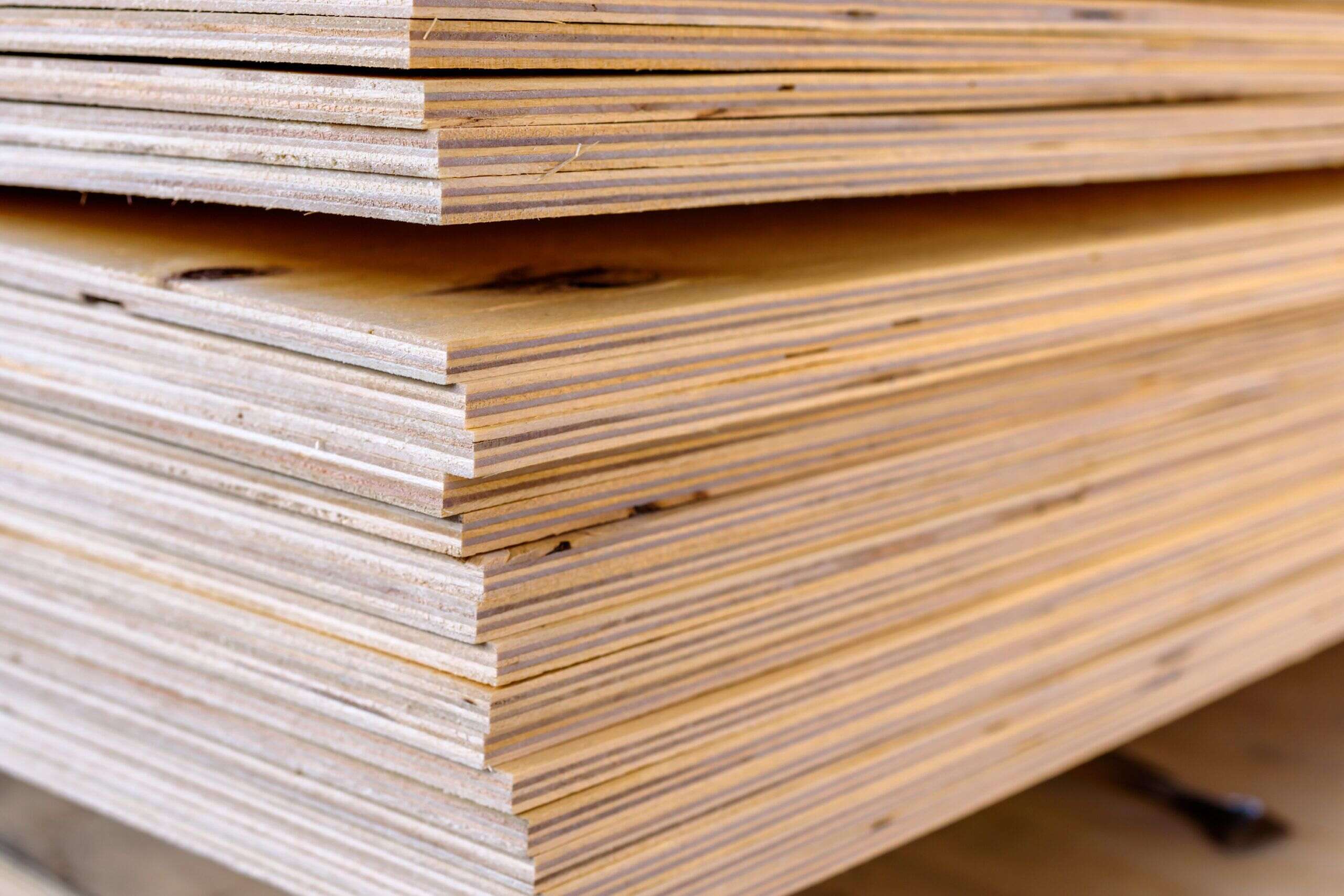
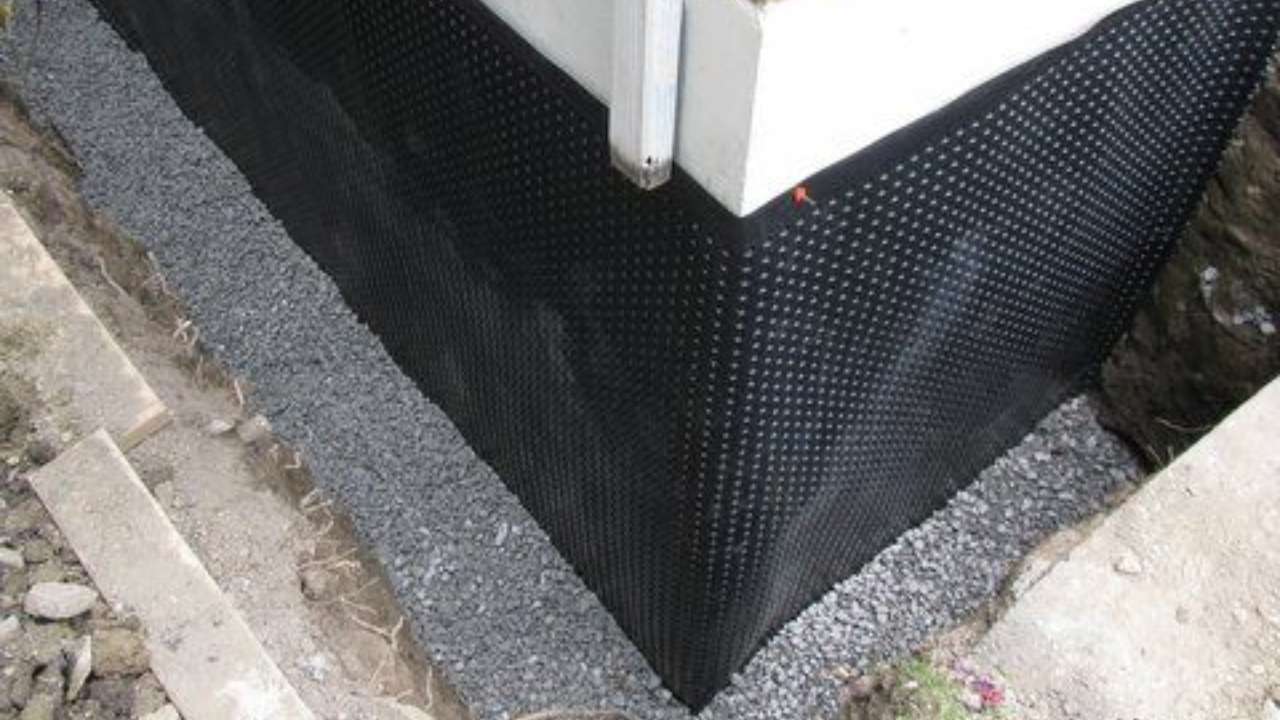
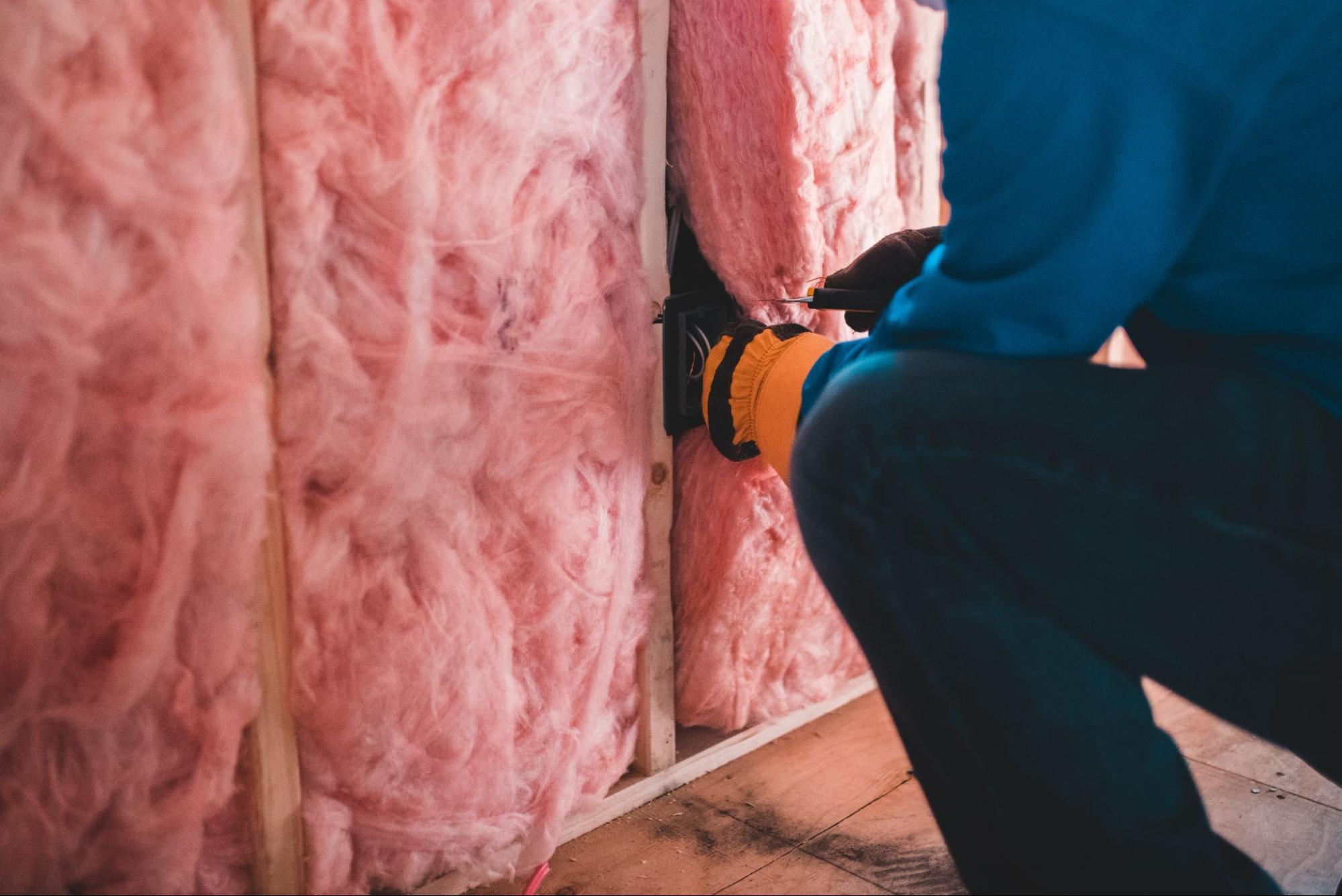
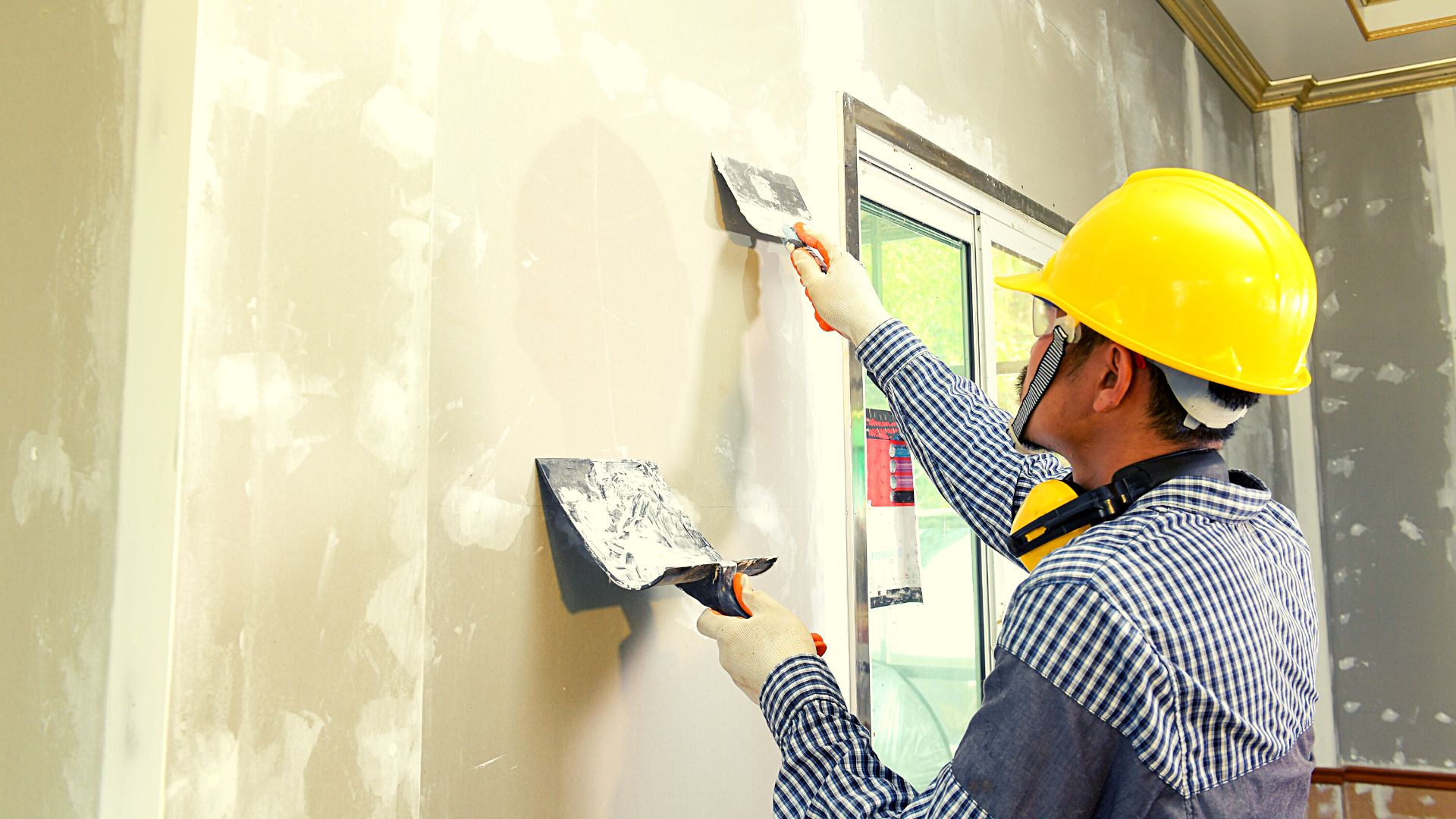
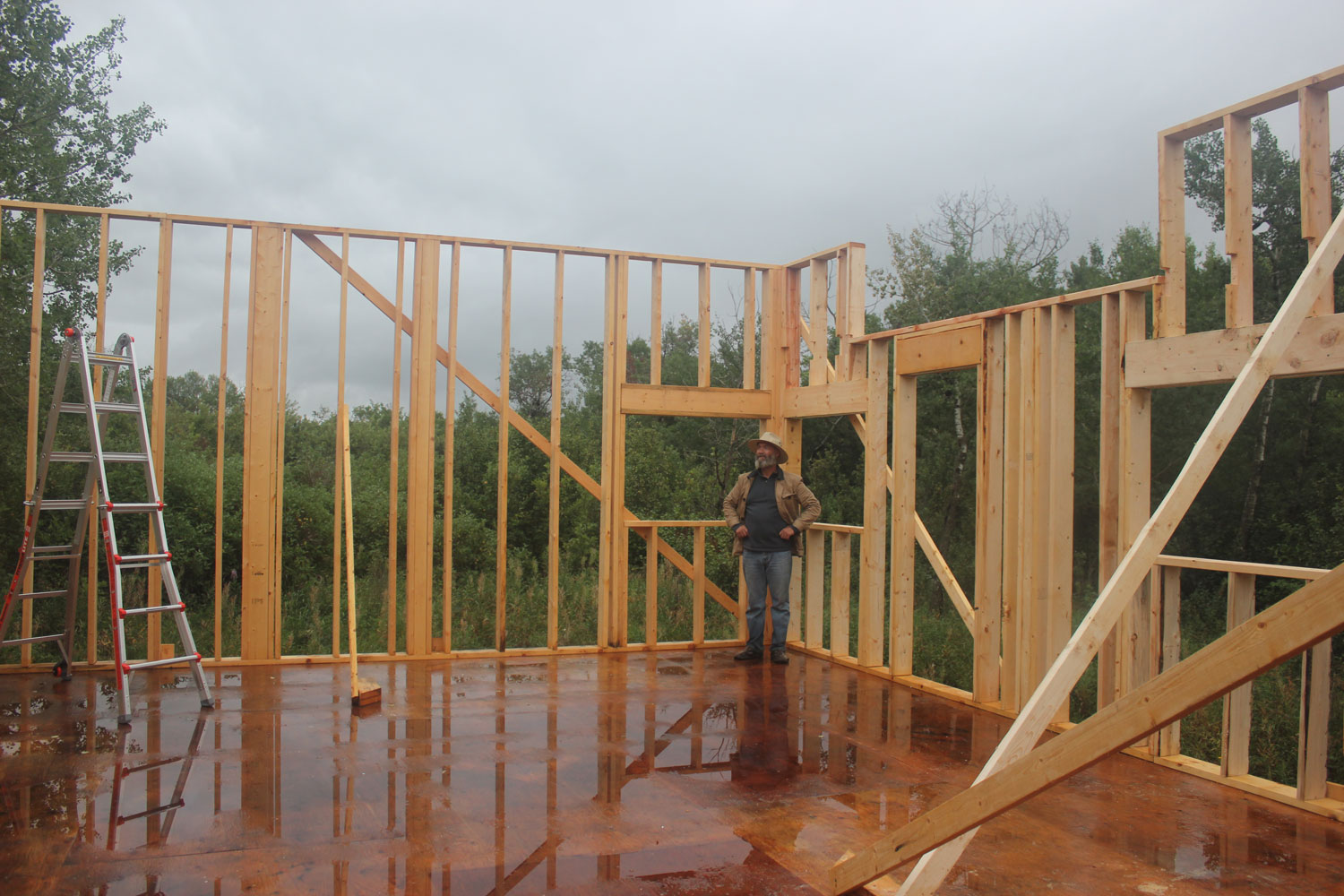
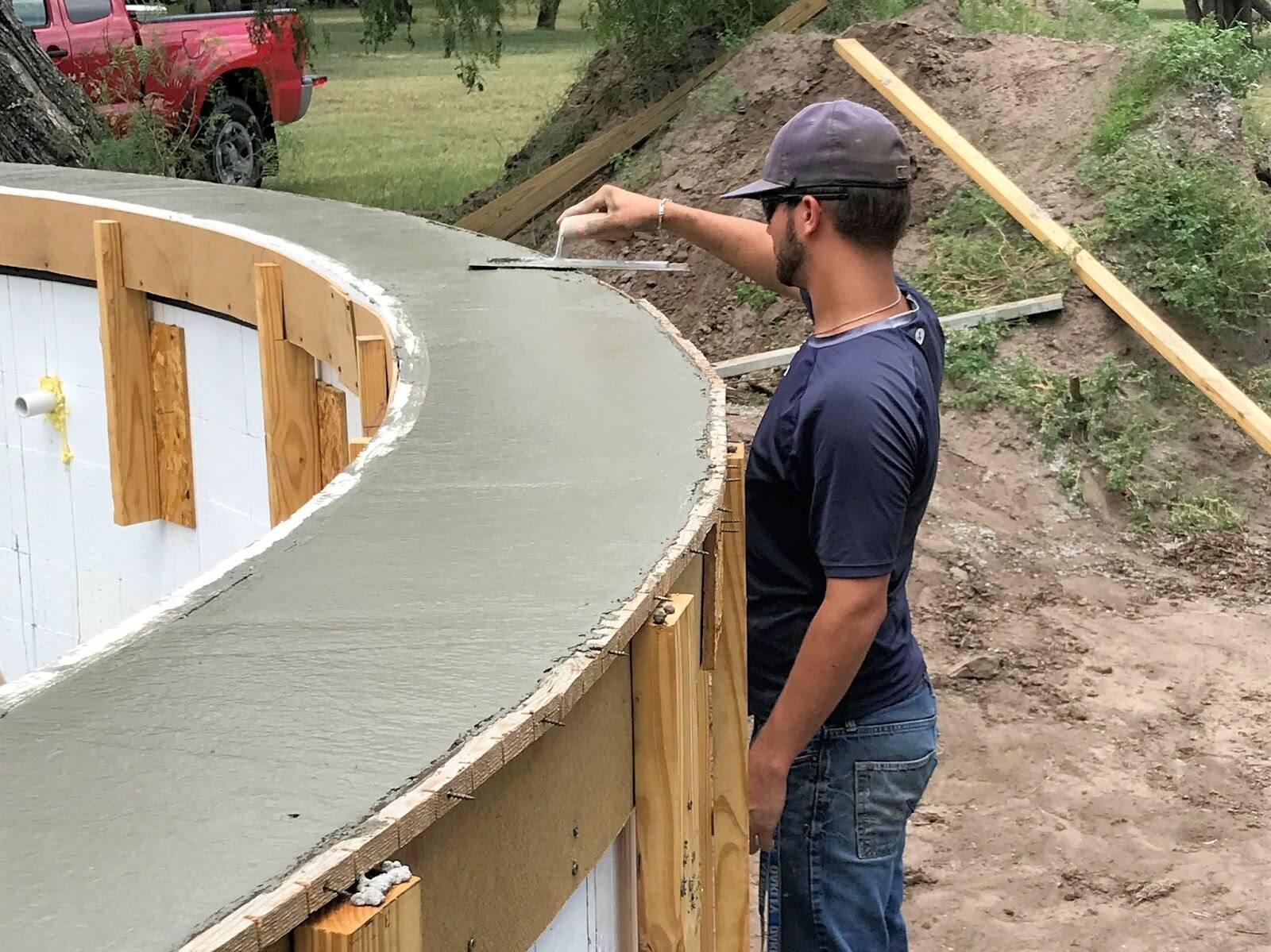
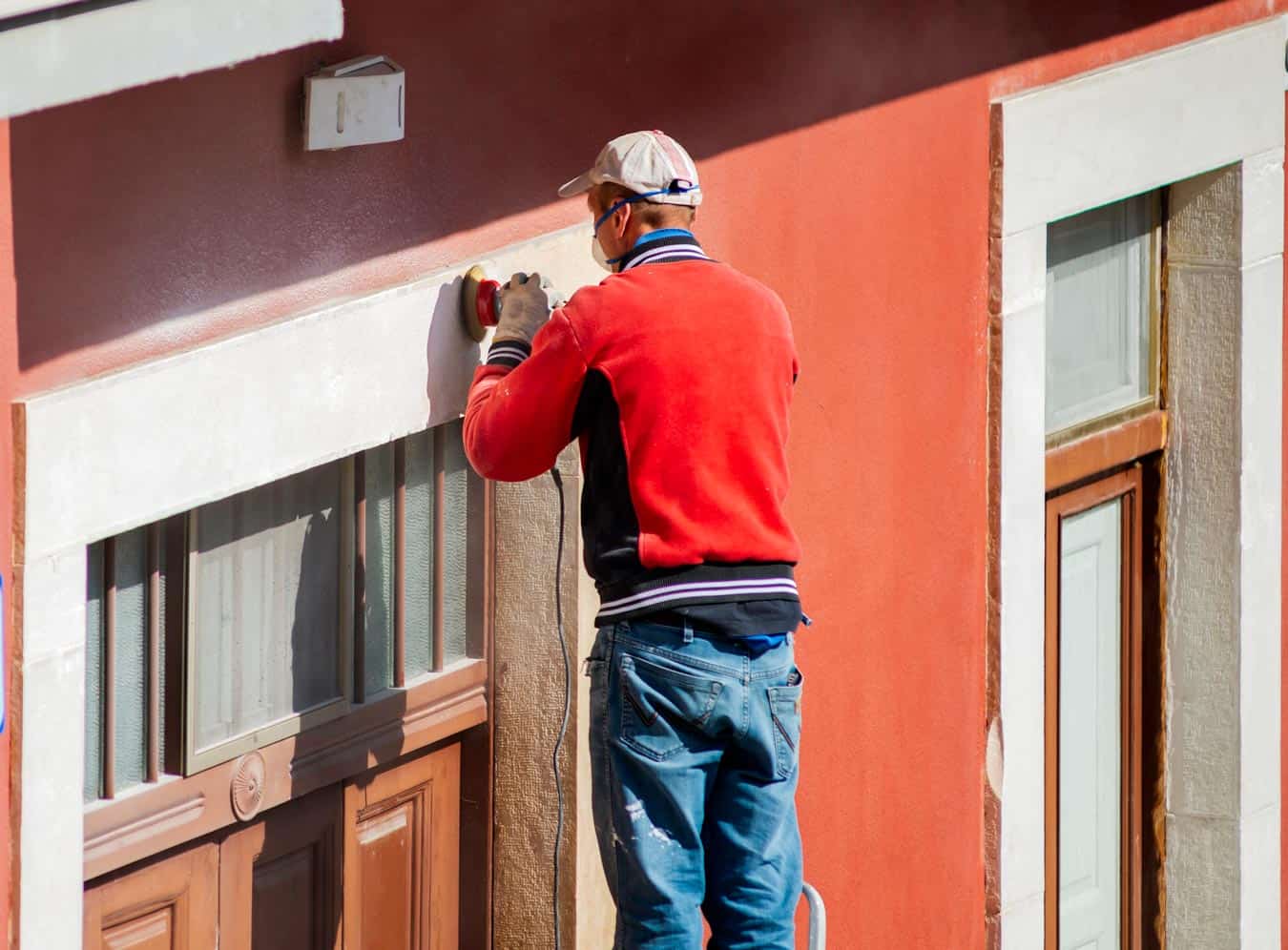
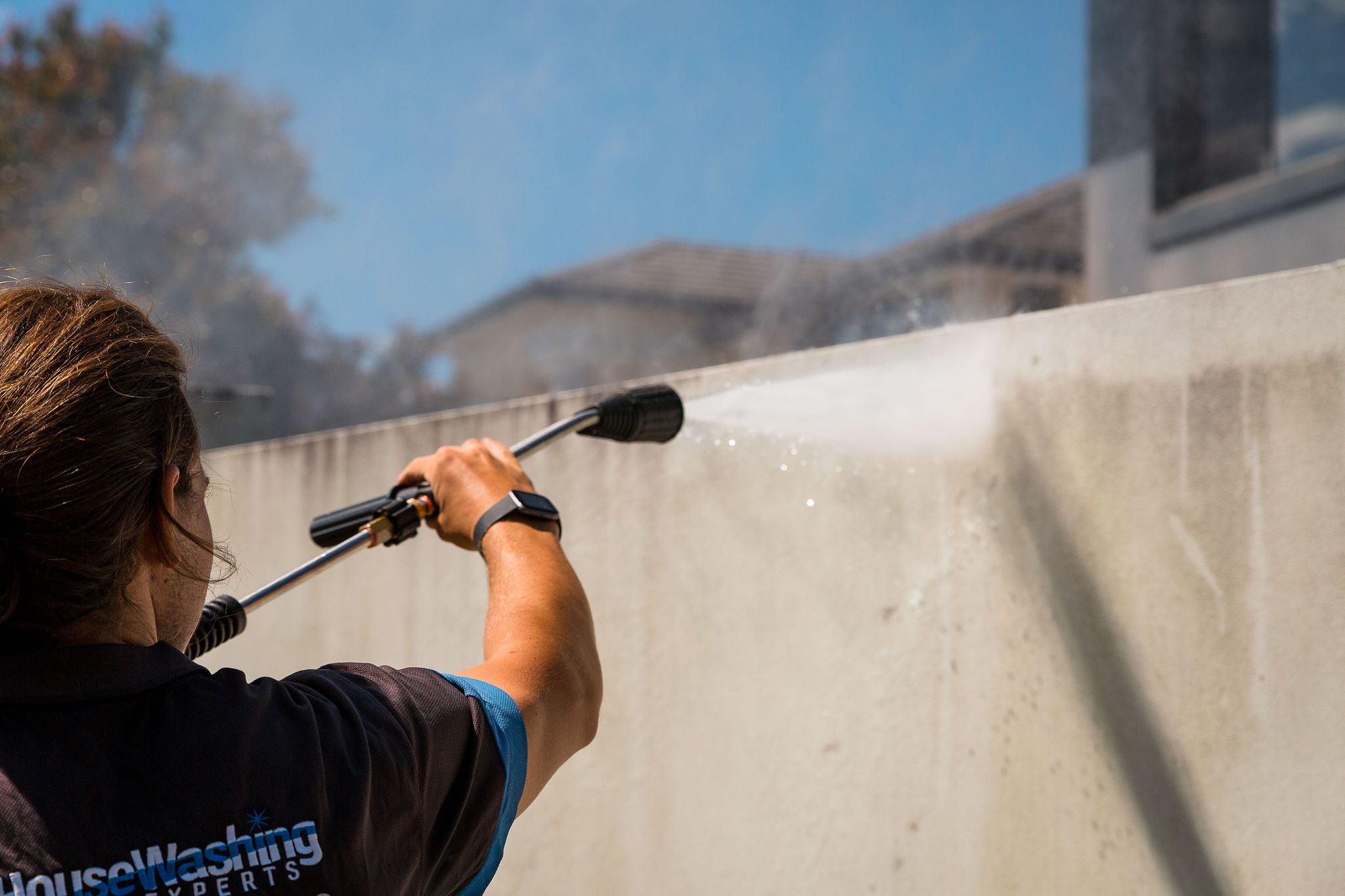
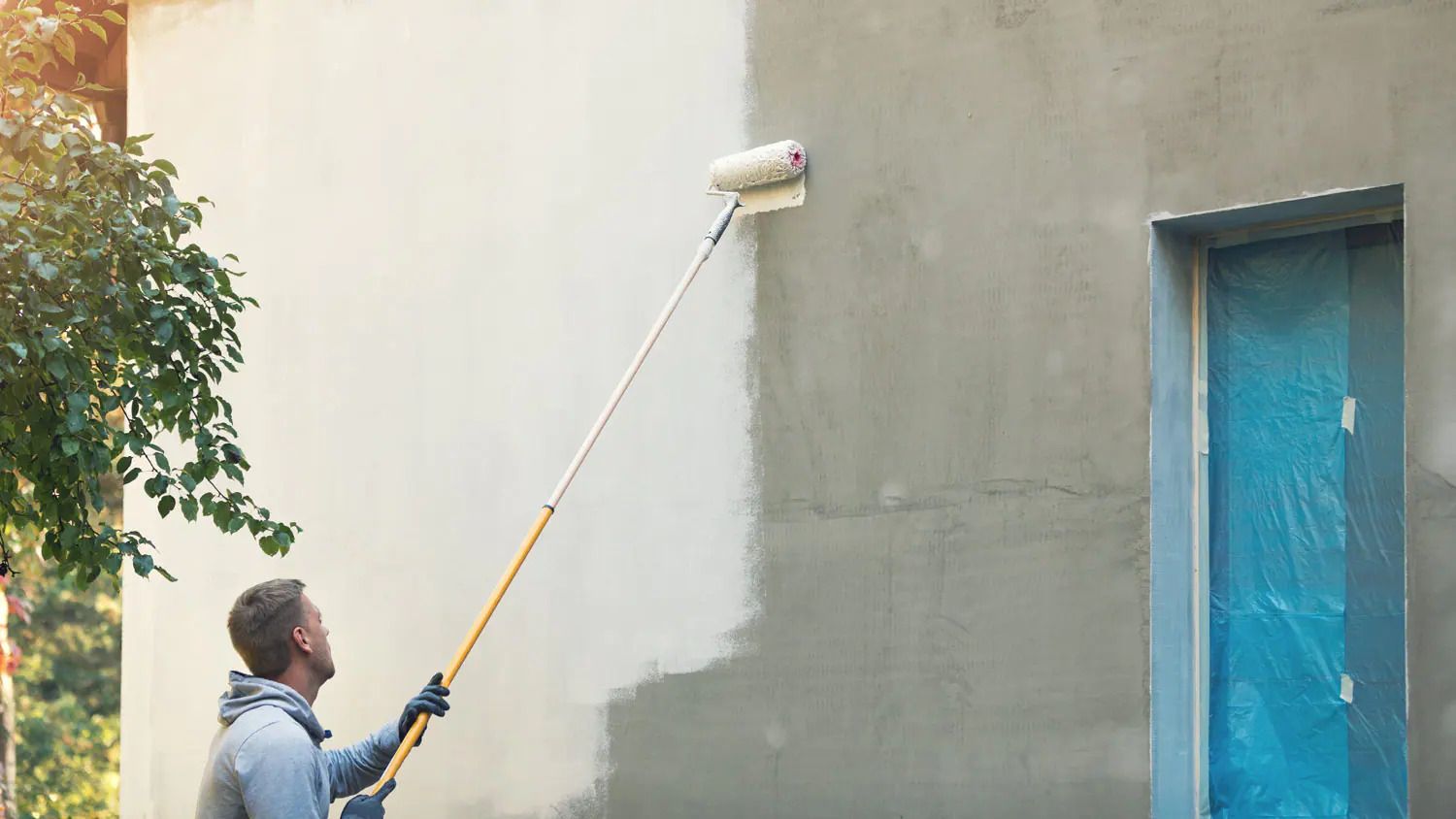
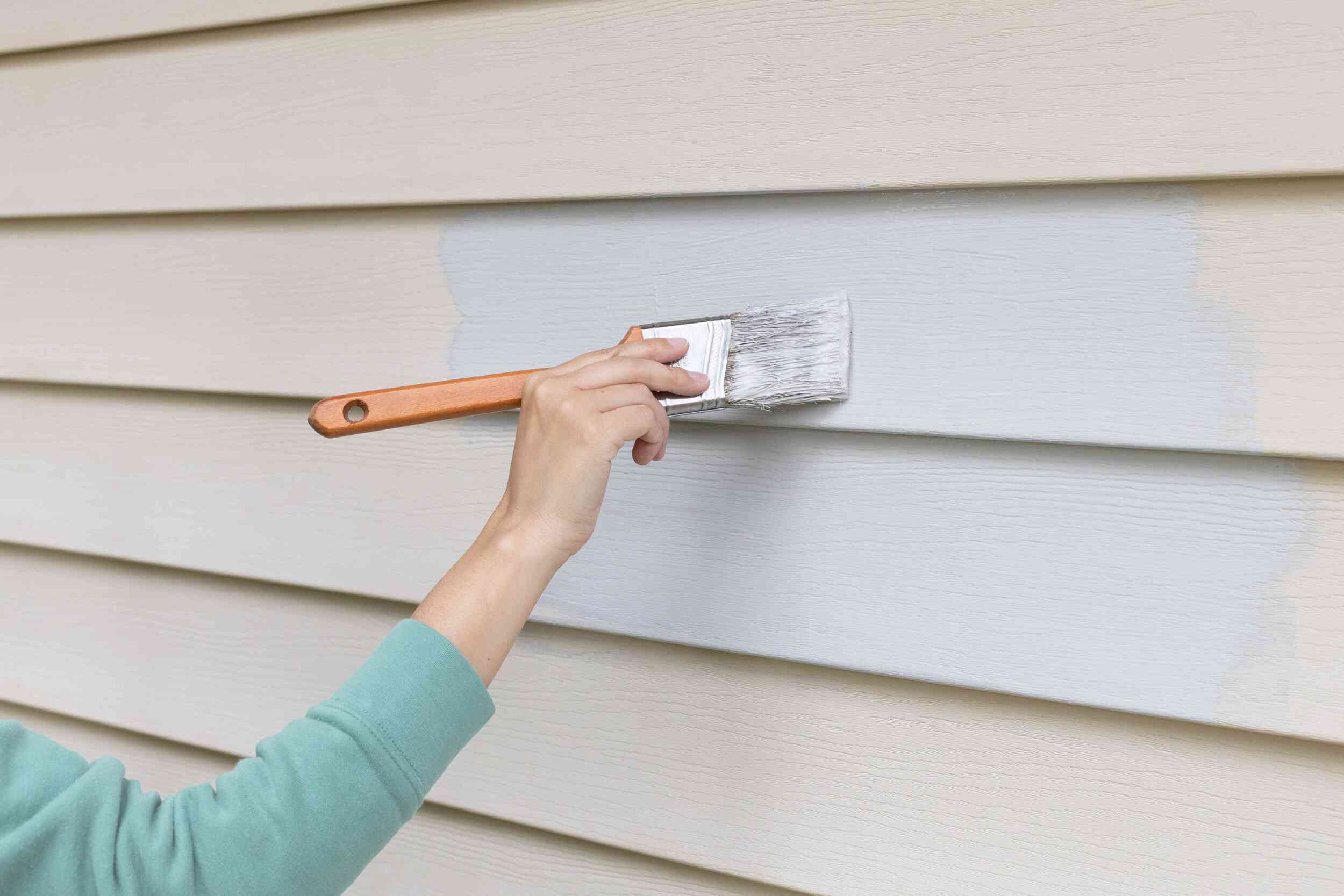
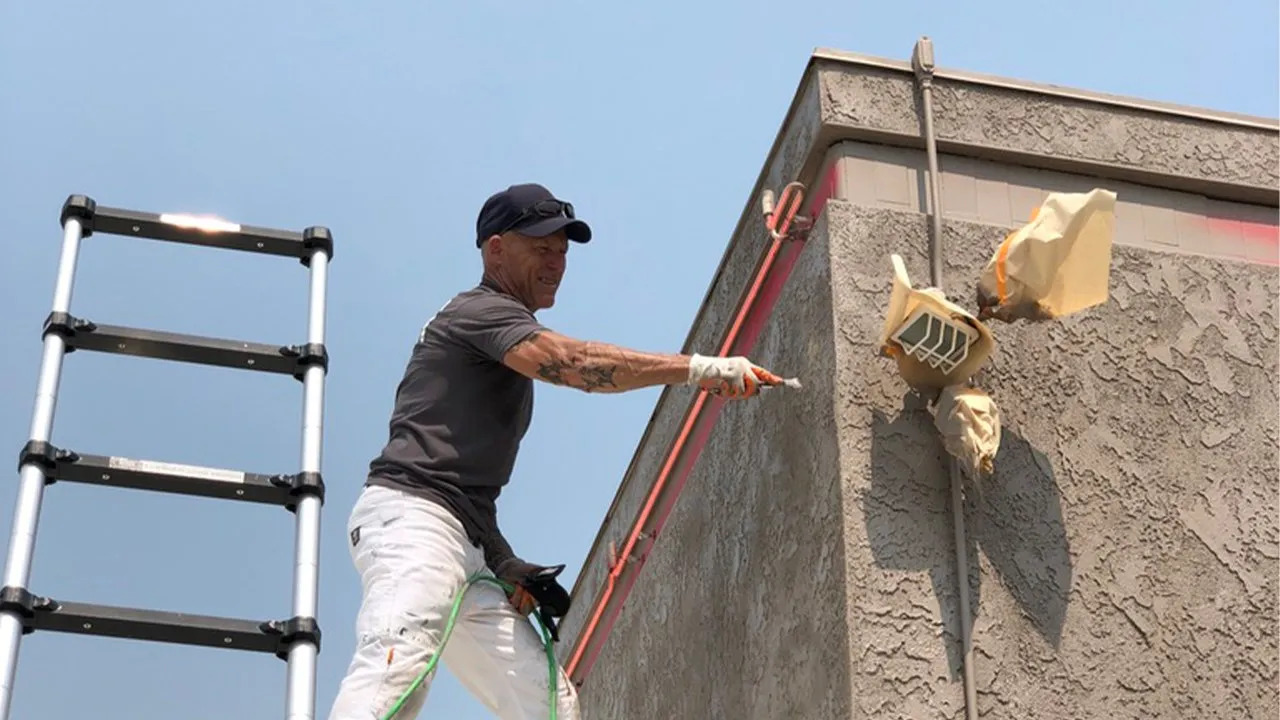
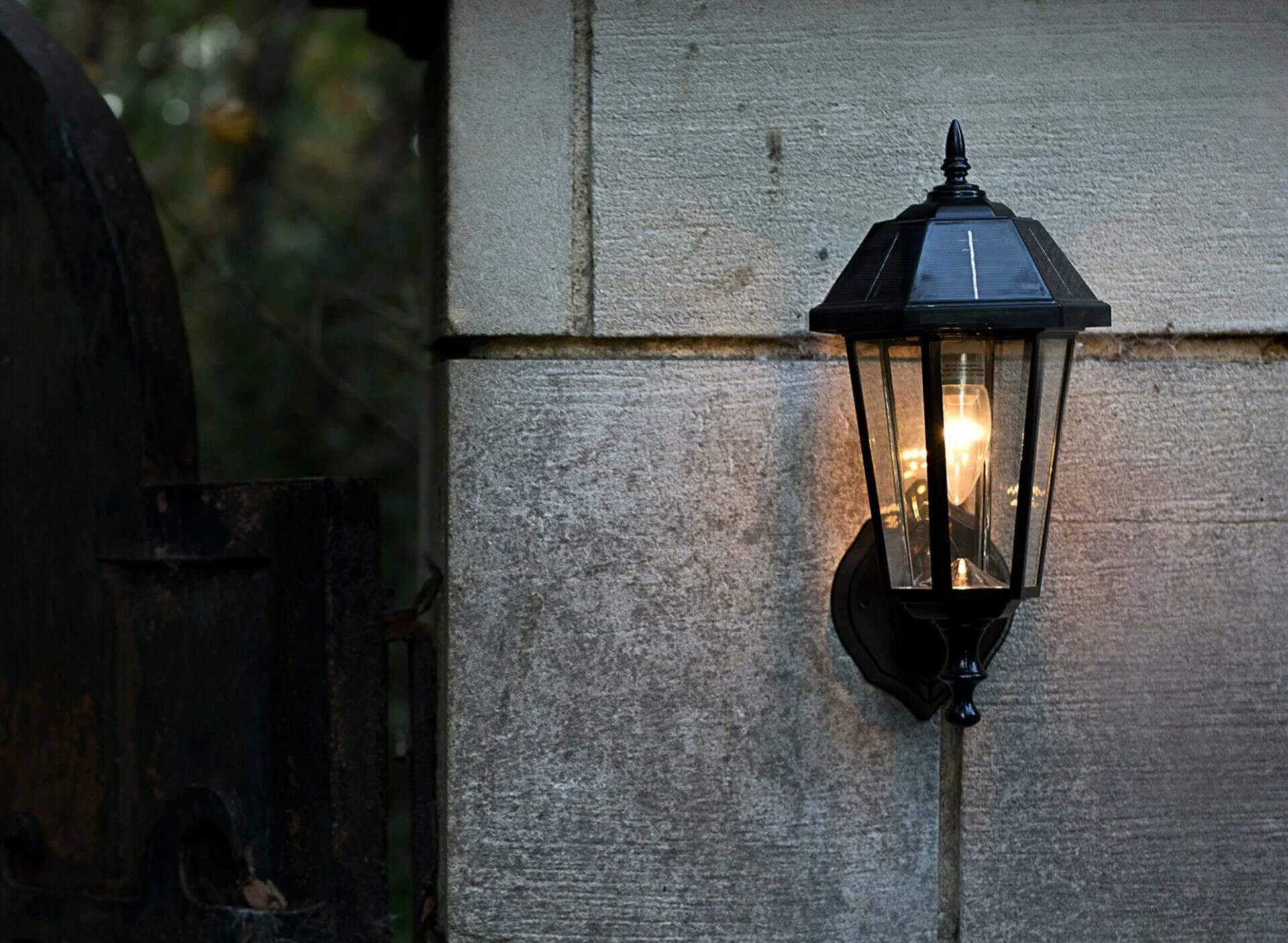

0 thoughts on “What Are Exterior Walls Made Of”